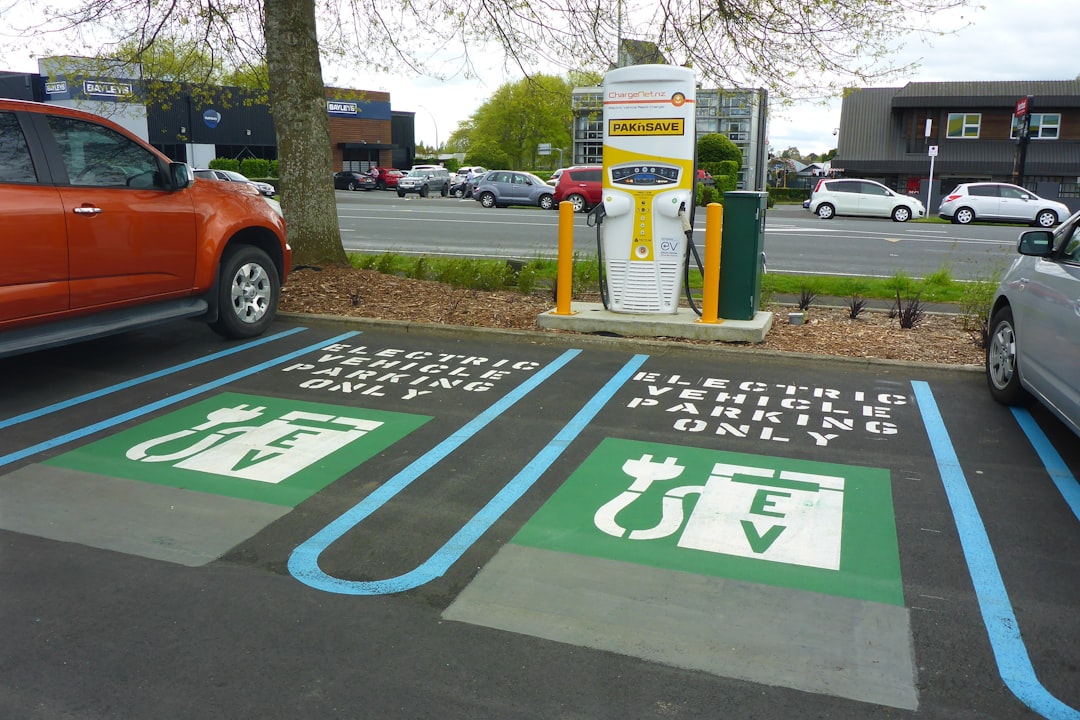What is it about?
A limitation of present elastic metasurfaces remains in their modest flexibility to meet convertible functions on demand. Here, a feasible single-layered lossless metasurface is theoretically proposed and experimentally demonstrated for adjusting the asymmetric transmission of flexural waves. The easily reconstructed unit is derived from multiple pillared resonators, then the number of units per period can be changed depending on the desired integer parity.
Featured Image

Photo by Joshua Reddekopp on Unsplash
Why is it important?
The analytical model of the feasible unit is established to solve the phase shift and amplitude of transmitted waves by adjusting the number of blocks. Unlike the loss-induced, dual-layer, or wholly fixed metasurfaces previously reported, which show obvious attenuation, complex structure, and single functional capability, etc., the current supercell design allows the elastic-wave behavior to switch between near-total reflection for PI with transmission for NI and almost full transmissions in bilateral incidence. And the widely different transmission performances can be accomplished based on the flexible configuration of the single-layered metasurface.
Perspectives
The proposed prototype of adjustable parity in the elastic field can be extended to the design of switchable unidirectional devices for electromagnetic, acoustic, thermal, and other waves. The versatile asymmetric transmission behavior has potential applications in elastic wave diode, logical gate manipulation, and energy flux customization, especially helpful in directional vibration control for system protection by shielding the undesired waves from the selected directions. The present work is connected with the pragmatic applications of metasurfaces in timely directional vibration control and compactly elastodynamic rectifications.
Shi-Wang Fan
Shijiazhuang Tiedao University
Read the Original
This page is a summary of: A single-layered elastic metasurface for switching wide-angle asymmetric transmission of flexural waves, APL Materials, November 2023, American Institute of Physics,
DOI: 10.1063/5.0169662.
You can read the full text:
Contributors
The following have contributed to this page










